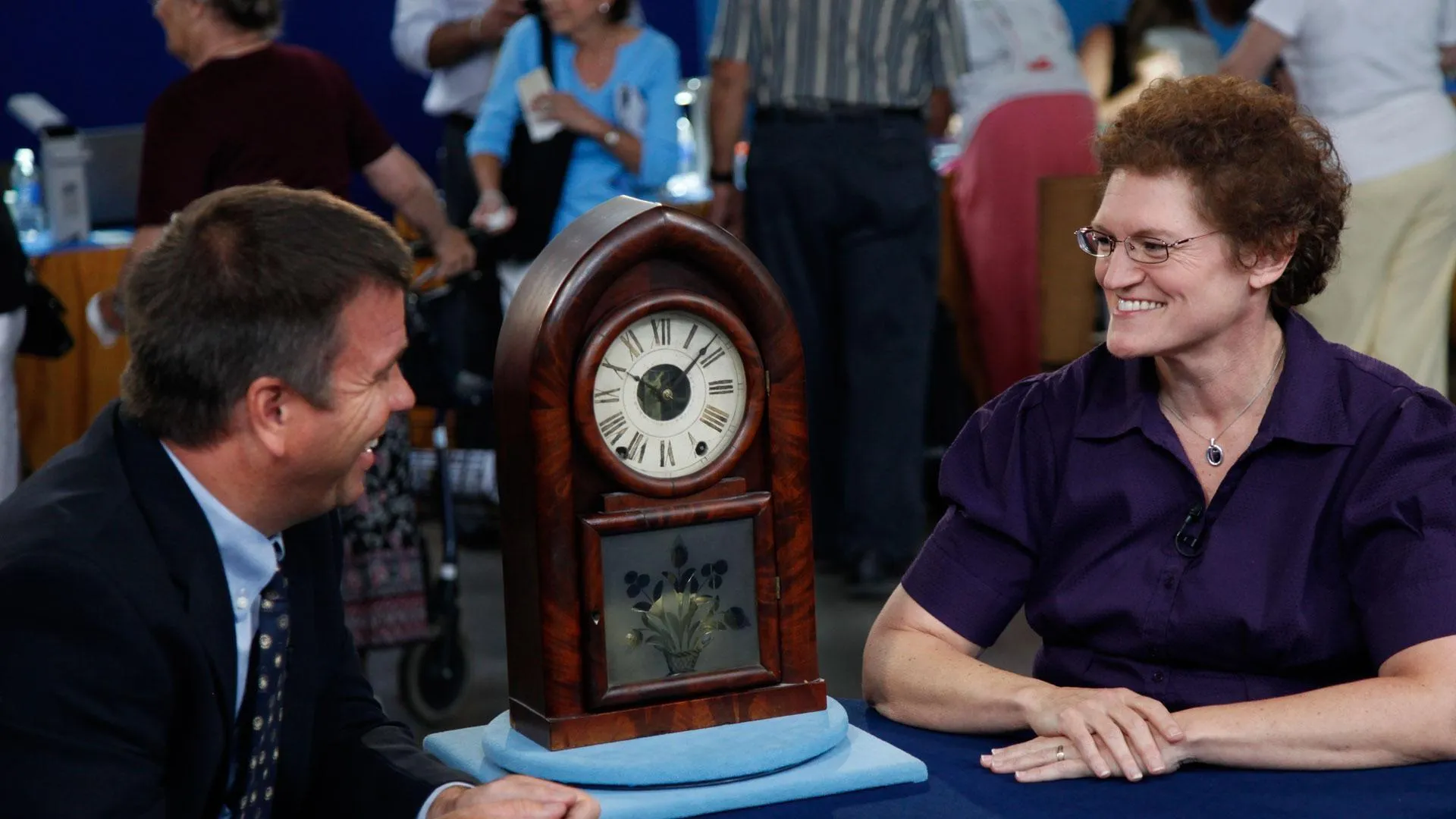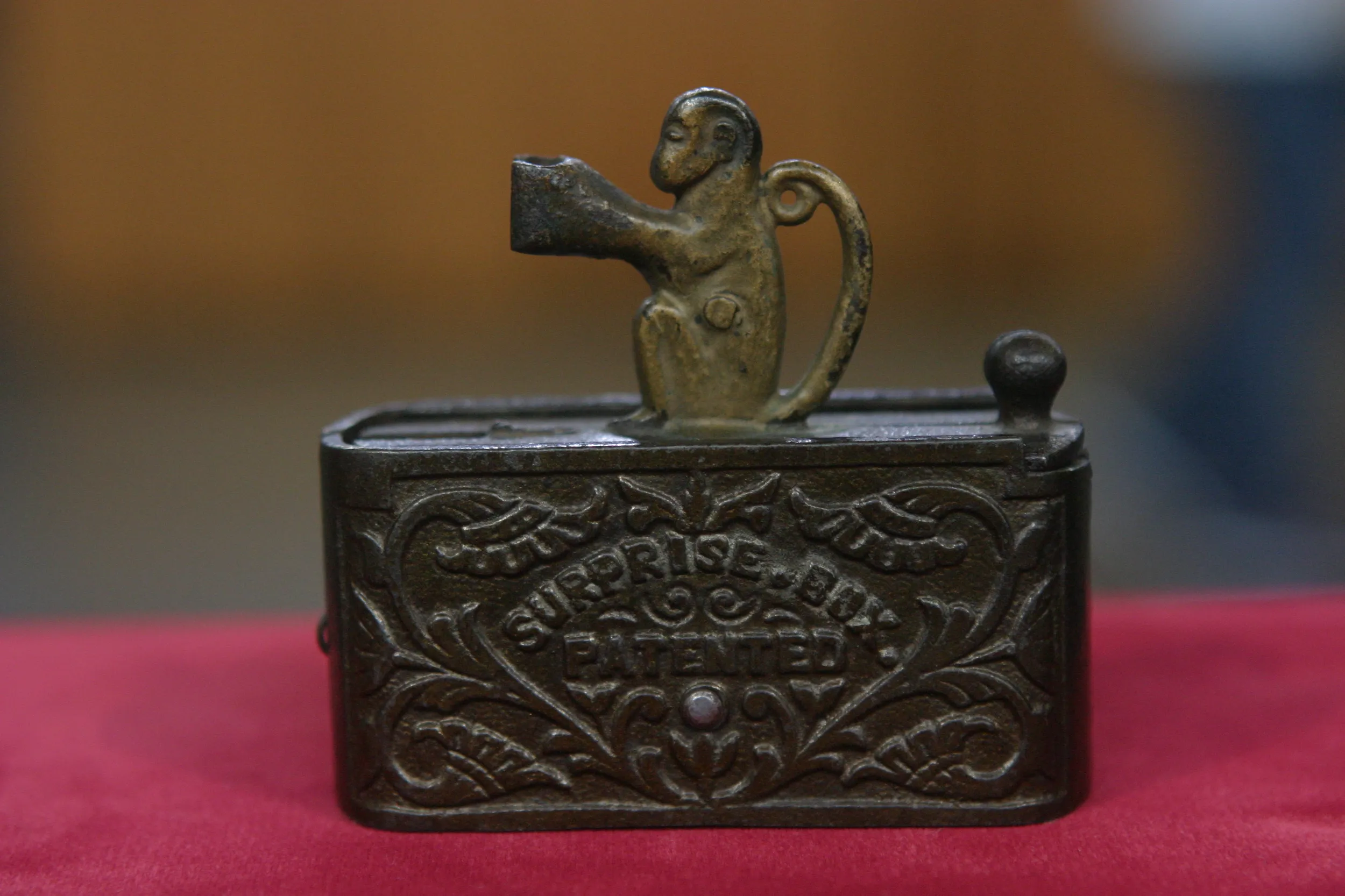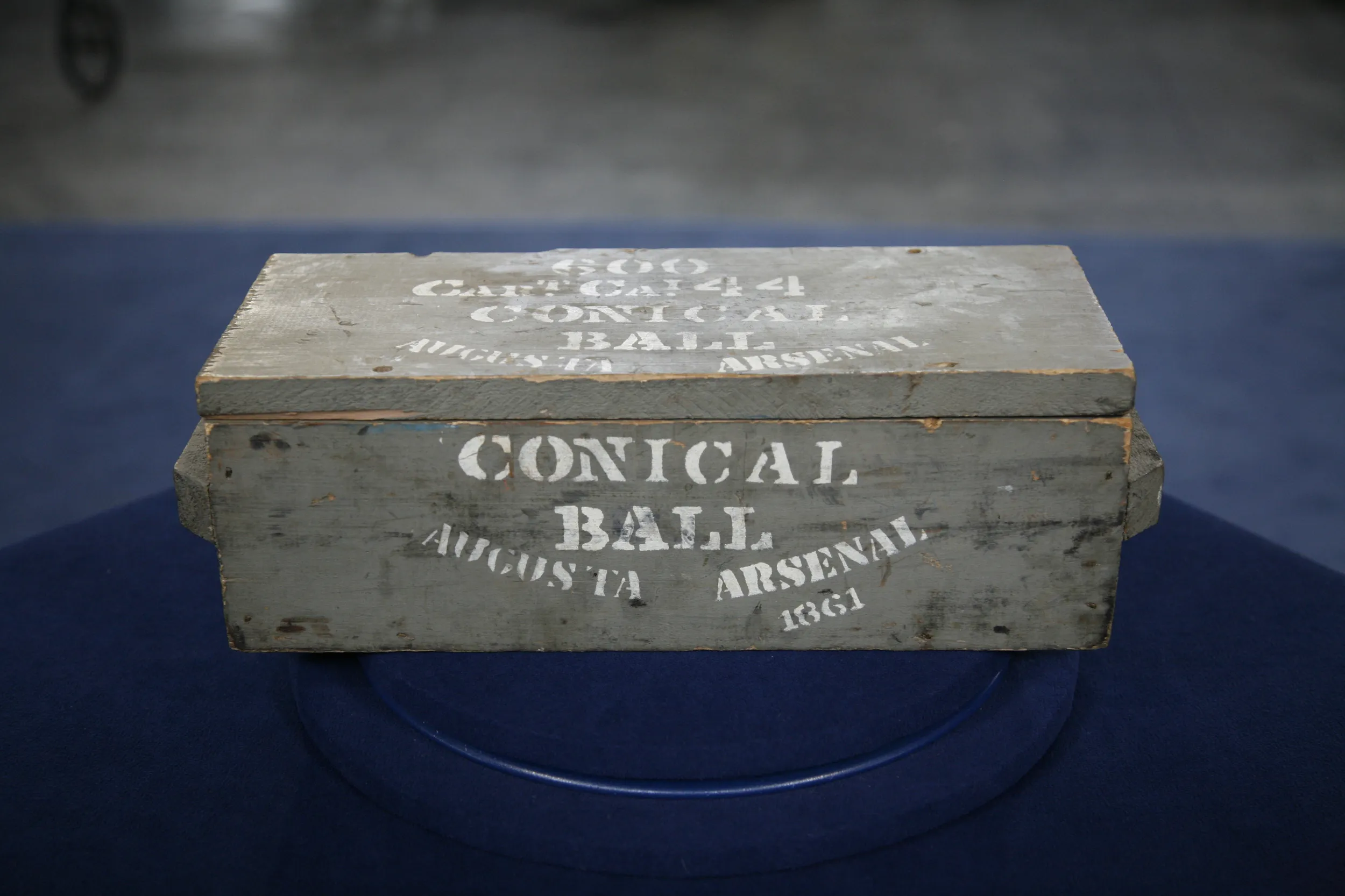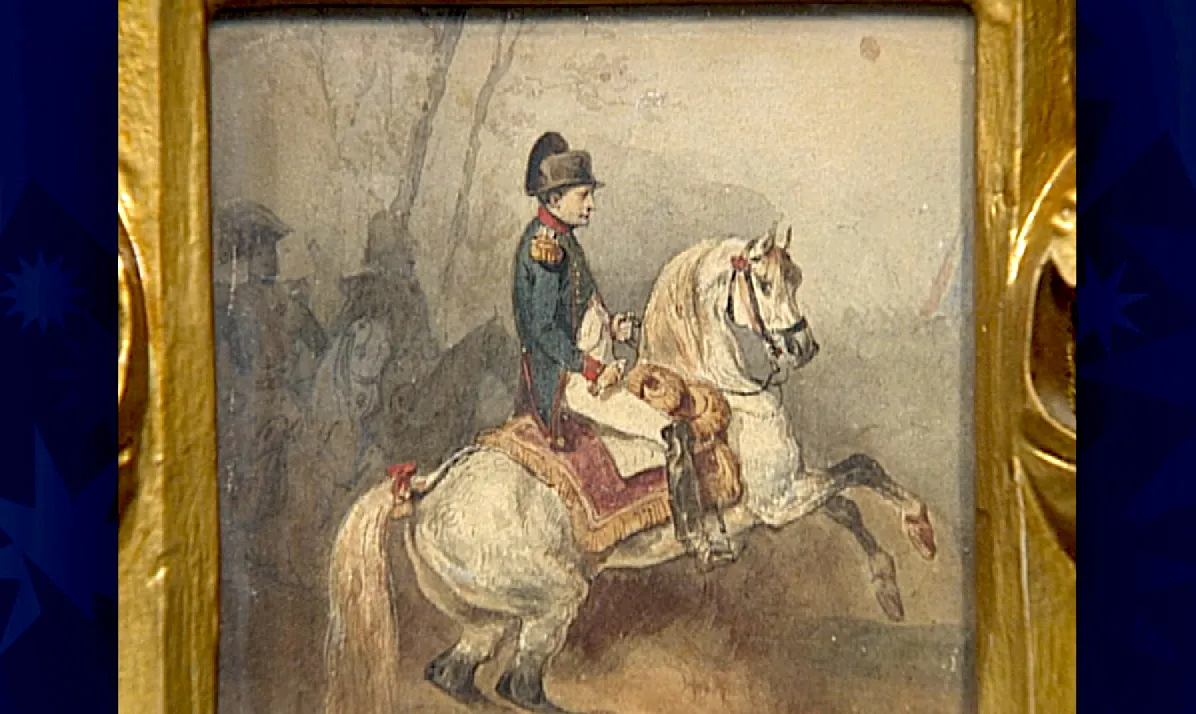GUEST: My husband bought a car in the late '60s at an impound lot. He paid $400 for the car. And he brought the car home and we opened up the trunk and there were several articles in the trunk and this was one of the articles. I don't know anything about the box. I always kind of used it as just like a jewelry box.
APPRAISER: We're looking at a scene of a mountain peak rising through clouds with a forest at the base. And these are in enamel colors over a metal, and this metal is copper. And we're going to turn this around, because often we find a lot of information on the back of items. And if you look right there, you'll see a mark, and you can clearly see it's copper on the back and it has a patinated surface, made sort of mute the bright, kind of coppery color. Well, this mark is of a company in Japan called the Ando Company-- A-n-d-o. And Ando Company was established in Nagoya, Japan, in 1881.
GUEST: Oh, my.
APPRAISER: And they made enamel wares. Now, what's interesting about this, in addition to the scene, which is a scene showing Mount Fuji, is the shape. This type of shape you usually find is most often made of lacquer, and they were used as writing boxes in Japan. And so I was quite surprised when we opened this up and in the interior there's nothing-- it's just an open space.
GUEST: Right.
APPRAISER: In the Meiji period, there was a lot of interchange between the West and Japan over different types of technical innovations, and among those were creation of enamels and working in metals and so on. And the use of mixed metals was very popular. But that was in the 1880s. This actually dates from a little later, around 1900, maybe even a little after 1900. So for a lot of the lacquer work and the mixed metals in the late 19th century, Japan influenced American makers. But toward the end of the 19th century and early 20th century, you have some instances, and this is one, where American makers were influencing what was going on in Japan.
GUEST: Oh, my.
APPRAISER: I think it would have been something that would have had a multitude of functions and was intended for sale in the West. Now, I want to know more about this car.
GUEST: It was probably like a 1958, '59 Mercury.
APPRAISER: How long did you drive it?
GUEST: Oh, not too long, probably six months. I'm not real sure what happened to it.
APPRAISER: You want to guess how much this is?
GUEST: I don't have an idea.
APPRAISER: How about $2,000 to $3,000 at auction?
GUEST: No... no.
APPRAISER: He bought a great box and a pretty lousy car is what it sounds like.
GUEST: That's... yeah, oh, wow, wonderful.











